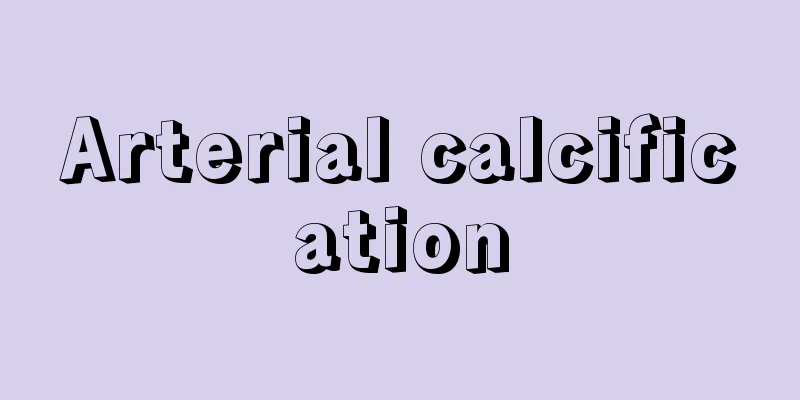The 6 most common examination methods for liver cancer. Some details you must know when diagnosing liver cancer

|
What are the most common examination methods for liver cancer? There are many different examination methods for liver cancer, and doctors will choose the most suitable method based on the condition and the patient's own situation. Because each type of liver cancer examination has different characteristics, the following will specifically introduce the 6 most common examination methods for liver cancer. The 6 most common liver cancer screening methods Ultrasound examination. This is a non-invasive examination that is simple to operate, intuitive and convenient, accurate and non-invasive, low-cost, widely available, and harmless to human tissue. It can be used for liver cancer screening and follow-up after treatment. Multi-slice spiral CT. The resolution of CT is much higher than that of ultrasound, and the images are clear and stable. It can fully and objectively reflect the characteristics of liver cancer and is used for routine diagnosis and follow-up examinations after treatment of liver cancer. CT examination can clearly show the size, number, shape, location, boundary, richness of tumor blood supply, and relationship with intrahepatic ducts of liver cancer. It has important diagnostic value for whether there are cancer thrombi in the portal vein, hepatic vein and inferior vena cava, whether there are metastases in the portal and abdominal lymph nodes, and whether liver cancer invades adjacent tissues and organs. It can also judge the degree of liver cirrhosis by showing the shape of the liver, the size of the spleen, and the presence or absence of ascites. Therefore, CT has become an important routine means of diagnosing liver cancer. Magnetic resonance imaging. Its diagnostic value is similar to that of CT, and it is better than CT in differentiating benign and malignant intrahepatic space-occupying lesions, especially hemangiomas. Selective hepatic artery angiography. This is an invasive test. Since liver cancer is mainly supplied by the hepatic artery, hepatic artery angiography can be used to understand the blood supply of small lesions and tumors in the liver. After a clear diagnosis, iodized oil injection can be used to block the tumor supply vessels to achieve the purpose of treatment. It is suitable for patients who have not been diagnosed after other tests. pET-CT is a functional molecular imaging system that integrates pET and CT. It can not only reflect the detailed molecular information (biochemical metabolism) of liver lesions through pET functional imaging, but also accurately locate the lesions through CT morphological imaging. At the same time, whole-body scanning can understand the overall condition and evaluate the metastasis, so as to achieve the purpose of early detection of lesions and diagnosis of diseases. It has the characteristics of sensitivity, accuracy, high resolution and good intuitiveness, and plays a certain role in the diagnosis of liver cancer. Liver puncture and fine needle aspiration cytology examination. Fine needle aspiration under ultrasound or CT guidance is suitable for those who cannot be diagnosed after various examinations but are highly suspected. It can obtain the pathological diagnosis basis of liver cancer and understand the molecular markers, etc. It is very important for clarifying the diagnosis, pathological type, judging the condition, guiding treatment and evaluating the prognosis. It has been increasingly used in recent years. Finally, let’s take a look at what else you should know about liver cancer. What you need to know about liver cancer If you have liver cancer, the first thing you will feel is fatigue. Even if you lie down and rest, you will not be able to get rid of the fatigue. This kind of fatigue and tiredness that cannot be eliminated is a common symptom of liver disease. The heat energy generated by the food consumed by the human body will be absorbed by the intestines, and part of it will be transported to the liver, where it will be stored and then transported to cells throughout the body. If the liver is invaded by cancer cells, the fuel supply of the whole body will be reduced. As a result, the body will become tired and easily fatigued due to insufficient heat energy. If you are just tired or lazy, it may also be due to a cold or excessive fatigue. Few people realize that they may have liver cancer, so the disease is delayed. After various treatments, the body's defense function of advanced cancer patients is damaged to a certain extent. Especially after radiotherapy and chemotherapy, liver cancer patients are very susceptible to infection by pathogenic bacteria and die. In the late stage of liver cancer, there will be loss of appetite, which may be related to general discomfort or depression, tension and anxiety, gastrointestinal candidiasis, constipation, etc. It can also be caused by the tumor itself. The patient lacks interest in food and even feels nausea when talking about food. This is a symptom of advanced liver cancer. I would also like to remind everyone that you must go to a regular hospital for liver cancer examination. |
>>: What are the symptoms of small liver cancer? What is the best treatment for small liver cancer?
Recommend
How to choose a watermelon
Watermelon is a very common fruit and it contains...
What are the early symptoms of lymphoma? Are they serious?
Lymphoma is a disease that people are afraid of b...
What is the reason for a little stomach pain
In your daily life and diet, you should try to ea...
What should I do if I have back pain and stomach pain during menstruation?
The menstrual period is a very critical period fo...
Is there any radiation if the computer is not turned on?
If the computer is turned off and not powered on ...
What are some tips for removing stains from white clothes?
A pure white clothing can easily be stained if it...
When is the best season to eat papaya
Papaya will not taste good when eaten out of seas...
The correct way to wipe your face with ginger
Ginger can enhance flavor and remove fishy smell ...
What is the most effective way to remove stains?
It is normal to have stains on clothes in life, b...
I feel blood rushing up my head
The feeling of blood rushing upwards in the head ...
Can pancreatic cancer patients do strenuous exercise?
The latest research shows that exercising for 30 ...
Staying up late can cause toothache, the harm is so great
Staying up late often prevents the whole body fro...
Do I need to extract teeth when wearing braces
Whether or not to extract teeth when wearing brac...
What are the treatments for acute arthritis?
Arthritis is divided into chronic and acute. Acut...
What are the symptoms of gastrointestinal discomfort?
In fact, gastrointestinal disharmony will cause p...









